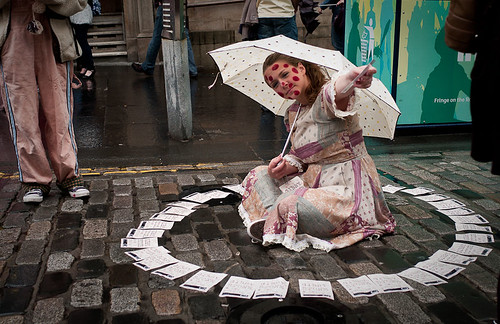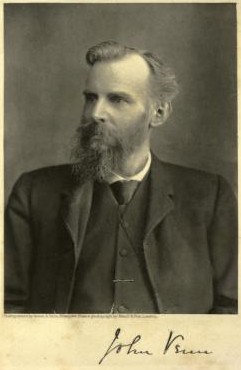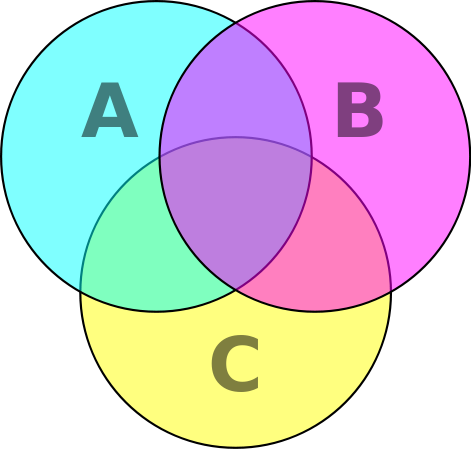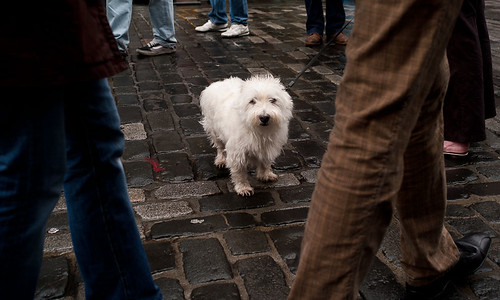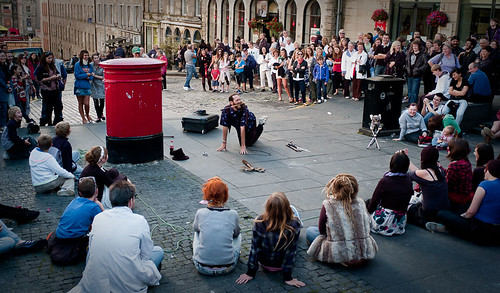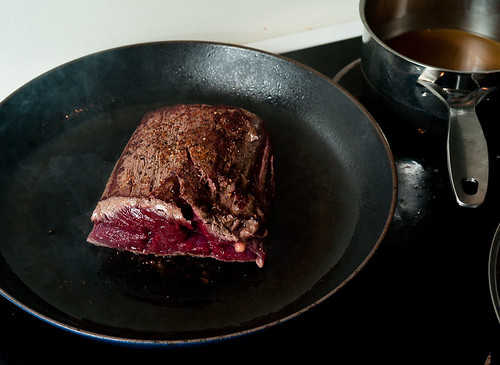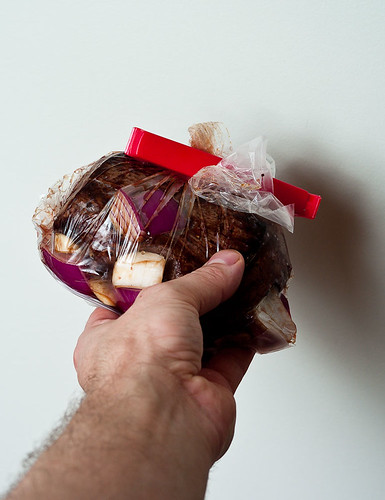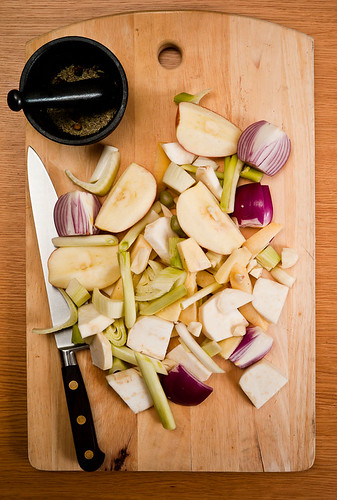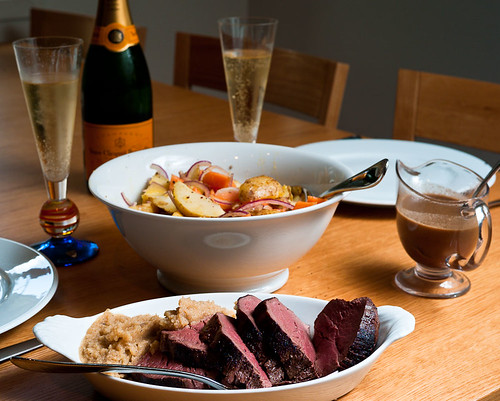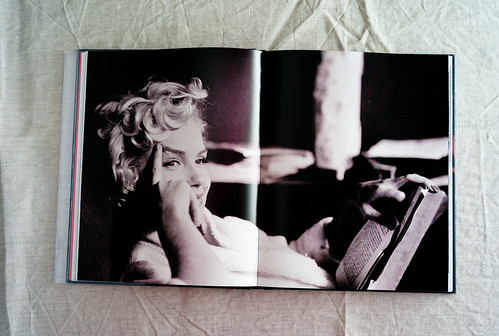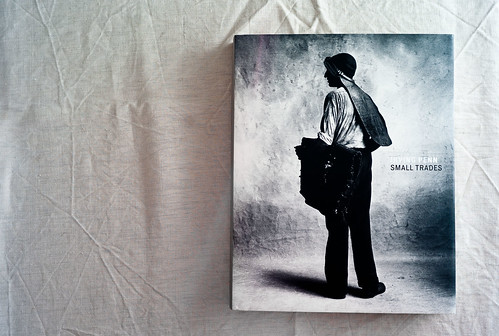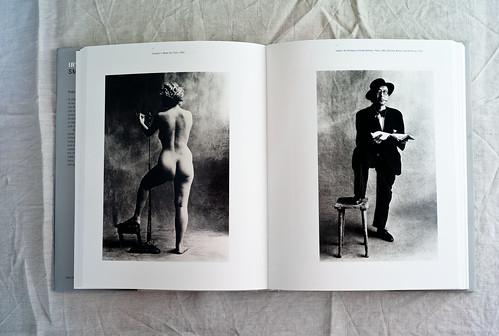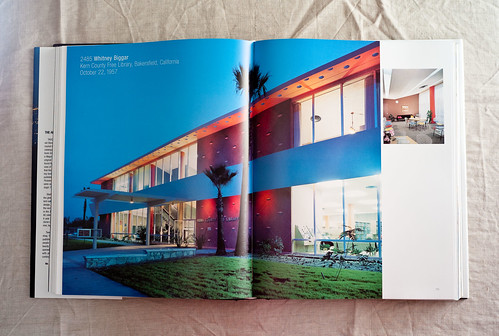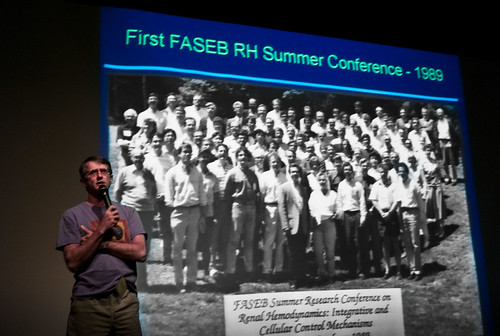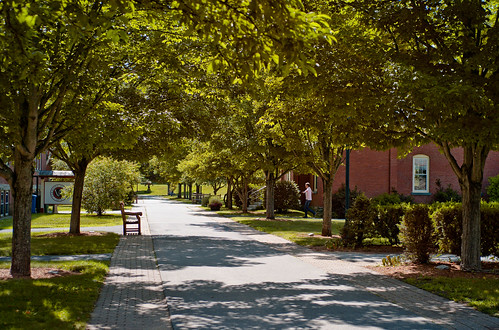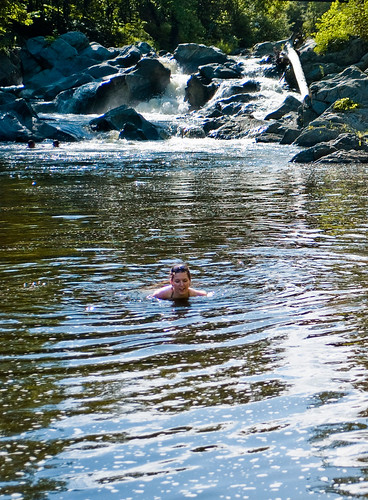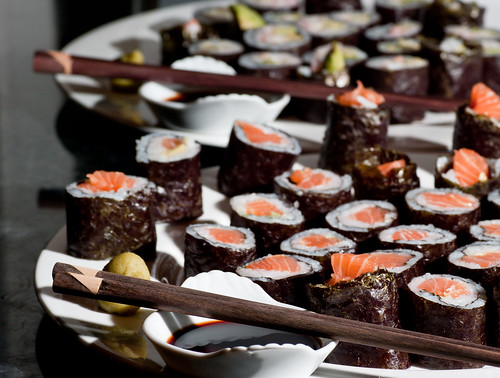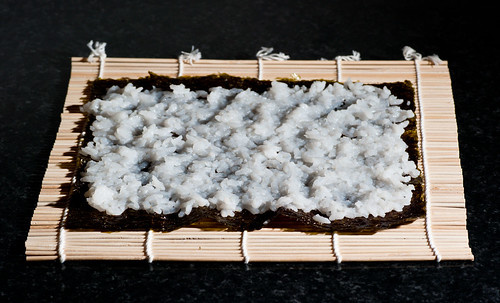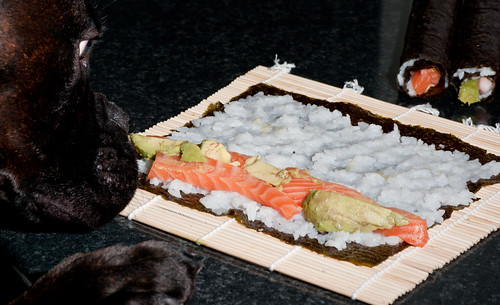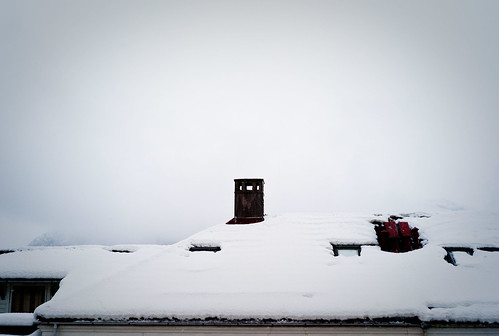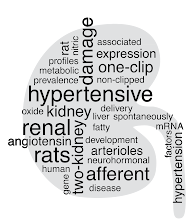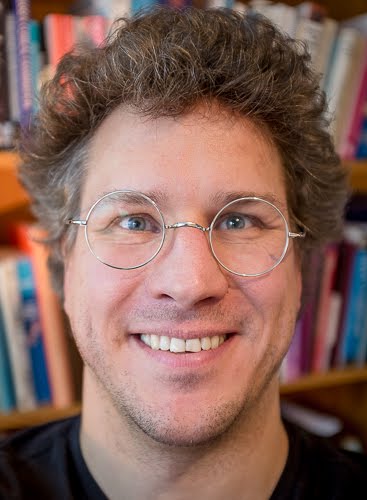Google Ngram Viewer (Thanks to David McCandless at Information is Beautiful for pointing it out to me) is an interactive histogram that plots the frequency of words in Google Books from 1800-2000. On the plot below, you can see that Famine and Pestilence always were part of the chorus while Death had the lead in the duet between him and War. Around 1850, War suddenly found his true voice and overtook Death. From about 1814 he seems to have gone on a solo tour leaving the rests of the Horsemen behind.

We should let this warm our hearts, even though War is topping all the charts, Death does not ride with him, and the Horsemen are certainly not going to Ride Forth any time soon. This is corroborated by statistics of actual war deaths. Not when you look at the number of people killed, but when you look at how many people die of war as a proportion of the population, or how big a proportion of the population will die in warfare.

This is a figure from "War before civilization" (fig 6.2, pg. 90) that I borrowed for educational purposes from a presentation I found on the internets. Can't remember where. Anyway, what it shows is that 20-60% of the male population dies at war in present-day and pre-historic tribal societies. The same number for the western world in the war-ridden 20th century is well below 3%. That includes both the World Wars. What it means is that modern wars only directly effect a small part of the population. We all have to watch it, but that isn't as deadly.
In short, the world is much more peaceful than it seems, and certainly much more peaceful than it ever was. In 2008 the rate of violent death, as in murder or assault, for men was 1/100000 and 1/200000 for women. So, even though War is gaining in popularity Death is loosing out. And no one has seen Ronnie Soak for years.
